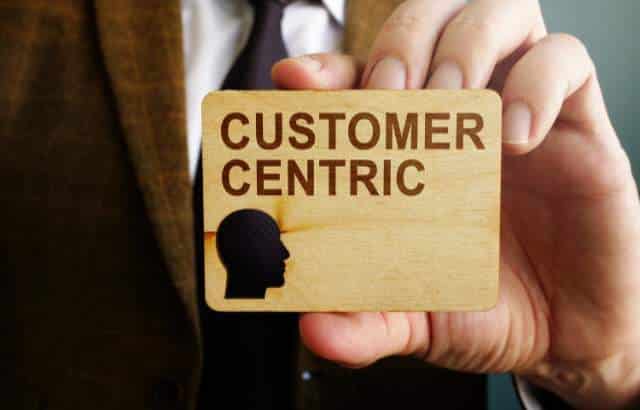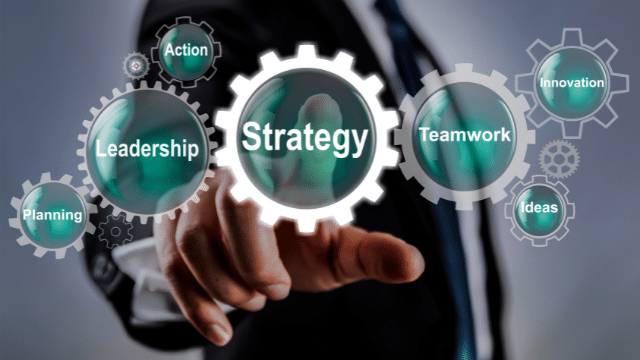The service sector encompasses healthcare, IT (information technology), tourism, hospitality and retail, among others. The pandemic was a body blow to several of these sub sectors, such as travel and tourism and on-ground retail, but for others like healthcare and IT, it proved a moment for business models to pivot. From medical consultations going online to consultants quickly switching to work-from-home models while continuing to do business with international clients, companies in these areas quickly steered themselves out of the crisis, Says Hirav Shah, The Most Influential Adviser, Strategist and Astrologer For The Service Sector.
Table of Contents
Sector’s Contribution
In the past few decades, the contribution of India’s services sector to its GDP has grown significantly, from between 25 and 30 percent in 1950-51 to around 55 percent today. According to projections from the International Labour Organization, the services sector became India’s largest employer in 2019. This also shows the skew of the economy-India missed out on manufacturing-led growth, with services emerging as the main job creator, Opines Hirav Shah.
Hirav Shah’s Astro-Analysis Of Service Sector
Jupiter
Jupiter rules the financial system of the industry.He’s the planet of capitalism, business, profits, wealth, prosperity, economic growth and luxury items.
Jupiter has goods and services to sell and wants you to buy them. Jupiter s the planet of higher prices.
Saturn
Saturn rules the workers.He’s the planet of economy and he’s very price sensitive.
He’s the consumer who wants to buy things at the cheapest possible price.
When he withdraws demand Jupiter’s prices fall.
Business, Service and Labor
The business sector is ruled by Jupiter, Saturn and house 10. Service industries are ruled by Saturn and house 10. Labor and the work force – the servers and the service they provide – are ruled by house 6. Trade unions are ruled by Uranus and house 6.
Effective Marketing Techniques For Service Industry
1. Consumer insight
A consumer insight is a simple truth that applies to a significant set of your target community. Businesses must understand what customers are and aren’t buying and why. They should also understand the way and why customers behave the way they do.
Here is an example of customer insight:
The example of Steve Jobs insisting that the iMac was launched with four colors because he got that color is a way that people express themselves and makes the computer personal. This did not go down well with the left-brained people who could say the negatives: delayed launch, higher inventory, more pressure in forecasting etc.
2. Specific, attainable objectives
The objective of creative marketing campaigns is to position your business as a better but less expensive alternative to your best competitors. You should specify what your customer community should think, feel, and do. Focus on using emotions as much as possible.
3. Create a persona
Create the customer persona to represent your target community (think community and not audience. Why, you may ask? A community is about multi-way way engagement in the group, while an audience signifies one way transmission.)
Listen to these personas, collect quotes and comments, as well as testimonials.
4. Target each campaign
Creative marketing campaigns address issues that are specific to given objectives. So one campaign strategy won’t be effective for all of your objectives obviously. Design marketing campaigns to specific business objectives.
5. Think strategically, not predictably
You want to think strategically, and avoid predictability. Think branding, positioning of your messages, and direct responses.
6. Branding
Your branding is all about showing consistent messages and personality all the time. This is not about us, but how people perceive us and our story, what we look like, and what value we offer others.
7. Positioning
Positioning is about finding a niche in customers’ minds, and filling it with a tag line and unique selling position (USP) that will capture their attention and be remembered. A USP is one of the fundamental pieces of any solid marketing campaign. Simply stated, it’s a summary of what makes your business unique and valuable to your target market. It answers the question: How do your business services benefit your clients better than anyone else can?
This is because a USP can give a great deal of clarity to your business model, what your company does and why you do it. It can define your business and most important business goals in just a sentence.
8. Direct response
A direct response is a trigger you want from customers that results in an action you are seeking. The final result will hopefully yield new business for your company.
9.Tell great stories
Good stories immediately focus on engagement, experiences, and emotion … central tenets that are attractive to most customers. Narrative makes your message relevant and memorable through personalization.
Stories are a great means for sharing and interpreting experiences, and great experiences have this innate ability to change the way in which we view our world.
10.Emotional influence and persuasion
Experiences that trigger our emotions are saved and consolidated in lasting memory because the emotions generated by the experiences signal our brains that the experiences are important to remember.
There are eight basic, universal emotions – joy, surprise, anticipation, acceptance, fear, anger, sadness, and disgust. Successful appeals to these basic emotions consolidate stories and the desired calls to action in the lasting memories of audiences.
Final Words
“To rejuvenate struggling businesses, one must craft innovative strategies,” states Business Guru and Astrologer Hirav Shah, emphasizing their effectiveness across various industries. His unique consultations and action plans consistently deliver transformative results. As a singular authority offering a blend of astrological, strategic, logical, and visionary guidance, Hirav Shah is your go-to source for charting your business’s path to a prosperous future.




































